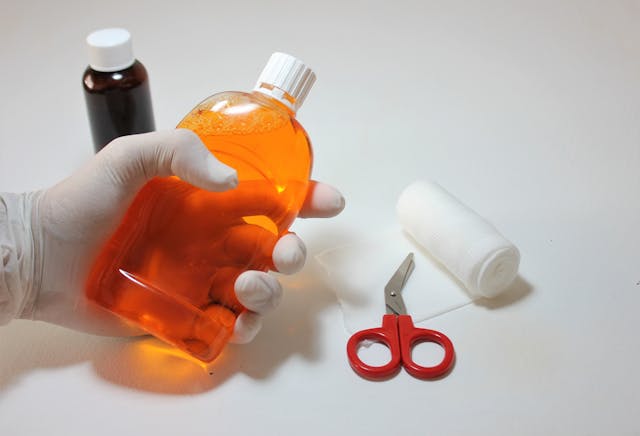Sterile gauze plays a crucial role in wound care by providing a clean and hygienic environment for healing. When a wound occurs, the risk of infection is high, making sterile dressing essential. Sterile gauze prevents contamination, reduces the risk of complications, and promotes faster healing.
In medical settings, maintaining sterility is paramount to prevent the introduction of harmful bacteria. Sterile gauze is individually packaged and sterilized using various methods such as gamma irradiation or ethylene oxide gas. This ensures that the gauze remains free from microorganisms until it is opened for use.
Using non-sterile gauze in wound care can lead to infections and delayed healing. Non-sterile gauze may contain bacteria or other contaminants, increasing the risk of complications. In contrast, sterile gauze provides a sterile barrier that protects the wound from outside contaminants, allowing it to heal more efficiently.
Healthcare professionals must follow proper sterile techniques when applying sterile gauze. This includes washing hands thoroughly, using sterile gloves and equipment, and ensuring a clean environment. By adhering to these protocols, healthcare providers can minimize the risk of infections and promote optimal wound healing.
In conclusion, sterile gauze is an essential component of wound care, providing a sterile environment for healing and preventing infections. Healthcare professionals must prioritize sterility in wound management to ensure the best possible outcomes for patients.





Hi, this is a comment.
To get started with moderating, editing, and deleting comments, please visit the Comments screen in the dashboard.
Commenter avatars come from Gravatar.